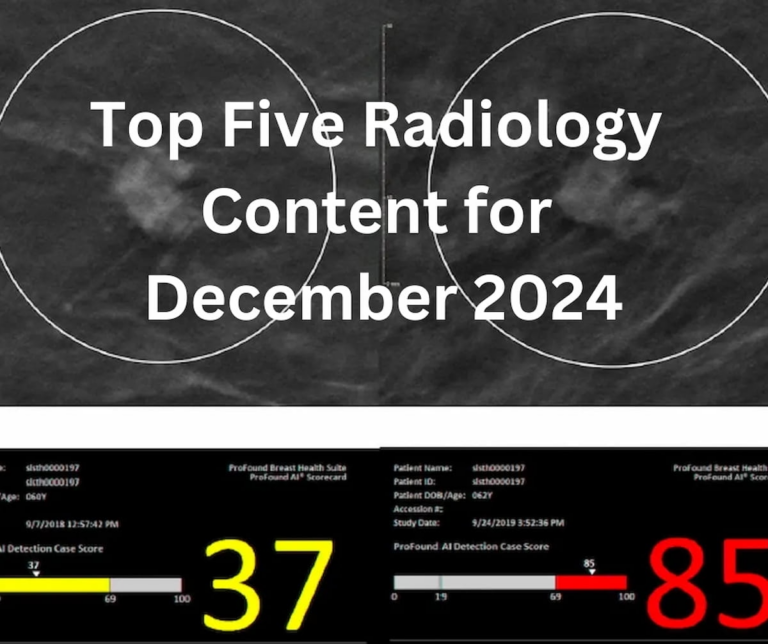
A recent meta-analysis has revealed that using computed tomography (CT) to assess coronary artery calcification (CAC) scores can provide valuable predictions for major adverse cardiovascular events (MACEs) and overall survival rates in lung cancer patients undergoing curative treatment. Published in the journal Academic Radiology, this analysis examined data from seven different studies to evaluate how CAC scores impact the risk of MACEs and overall survival outcomes in this specific patient group.
The analysis encompassed a total of 2,292 lung cancer patients, with an average age of 68, who were all receiving curative treatments. Researchers focused on five of these studies, incorporating data from 1,836 patients, and discovered a pooled hazard ratio of 1.56 between the CAC score and overall survival. Additionally, they noted a pooled odds ratio of 1.97 related to the risk of MACEs, based on data from two studies involving 502 patients.
In the context of this research, integrating CAC scores into lung cancer prognostic evaluations could enhance how patients are stratified based on their cardiovascular and cancer risks. As lead author Dr. Hans-Jonas Meyer, from the University of Leipzig’s Department of Diagnostic and Interventional Radiology, suggests, incorporating CAC scores could reflect a key cardiovascular risk factor in these patient assessments. However, Meyer indicates a need for future prospective studies to confirm the clinical relevance of CAC scores in routinely managing lung cancer patients.
The study also underscored a frequent oversight in current CT screenings for lung cancer, where coronary calcifications often go unreported or underestimated. This can result in a reduced use of statins, potentially affecting cardiovascular risk management. The researchers emphasized the crucial role of radiologists in accurately reporting coronary calcifications found during CT scans. This diligence is crucial in comprehensive patient care and risk management.
The analysis did address several considerations regarding CAC scores. It was observed that male patients tend to have slightly higher CAC scores compared to female patients. Moreover, instances where patients with a history of coronary heart disease (CHD) showed no calcified plaques led to CAC scores being zero, which indicates an area that might need further investigation.
Furthermore, the research pointed out certain limitations in the meta-analysis. These included variability among the studies reviewed and an exclusion of studies not published in English. It was also noted that CAC scoring used in the studies was based on non-cardiac gated CT scans, and all participants in the meta-analysis were undergoing treatments with curative intent.
Overall, while the study highlights the potential benefits of incorporating CAC scoring into lung cancer prognosis, it calls for additional research to validate these findings in wider clinical practice. Such future studies may help clarify the standardized use of CAC scoring and ensure that it is consistently utilized to enhance patient care.


